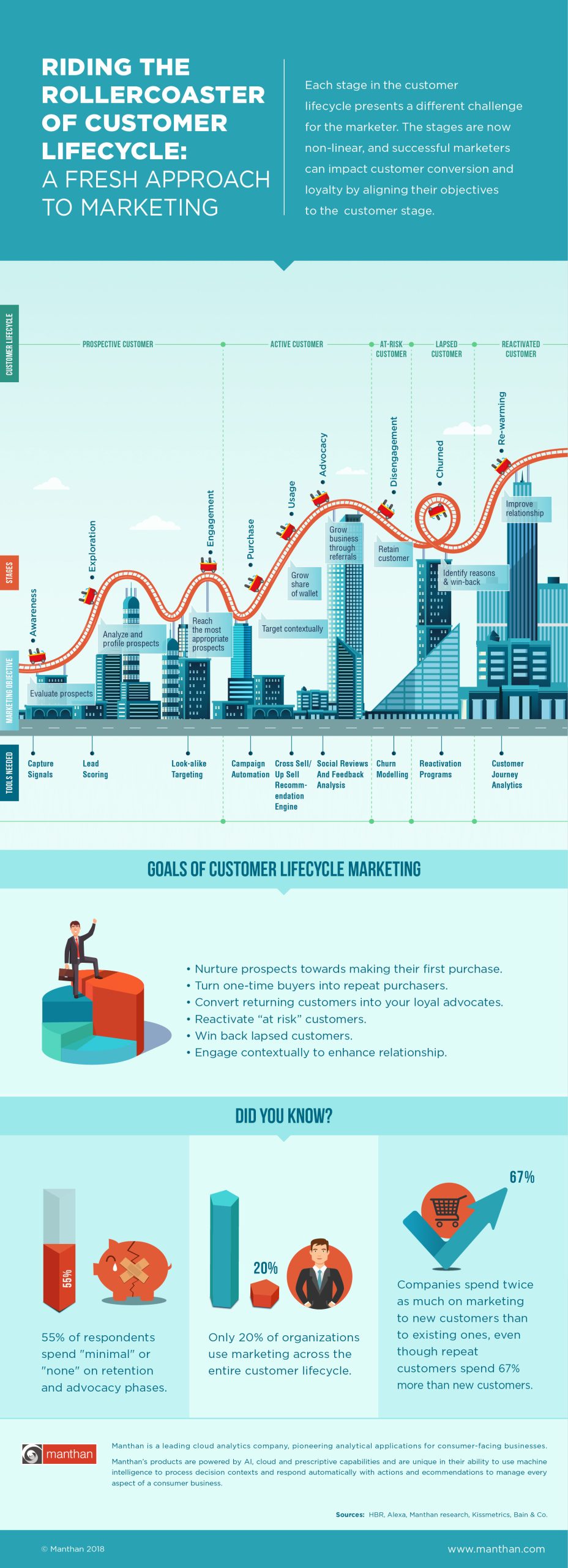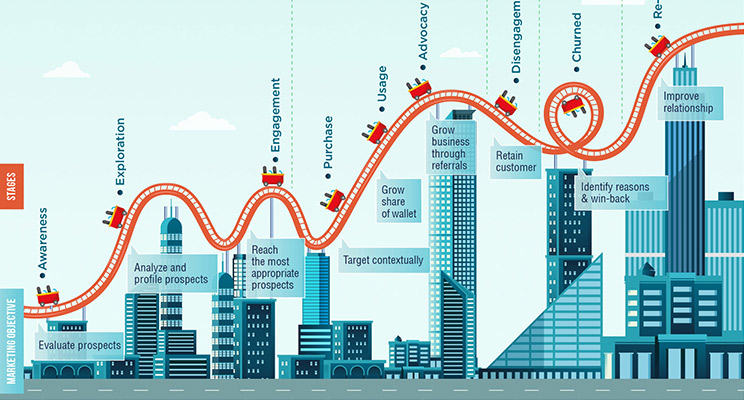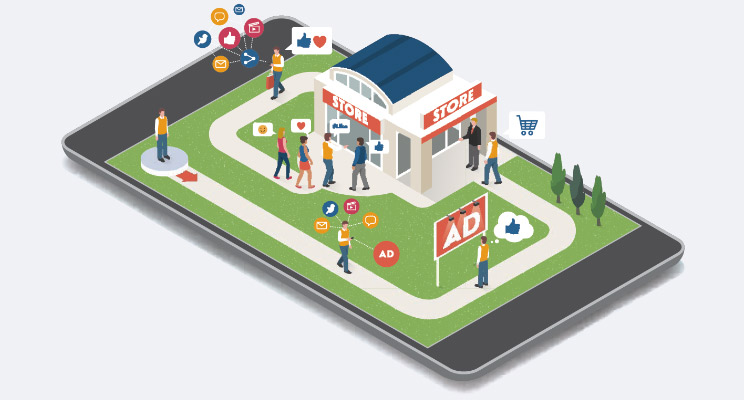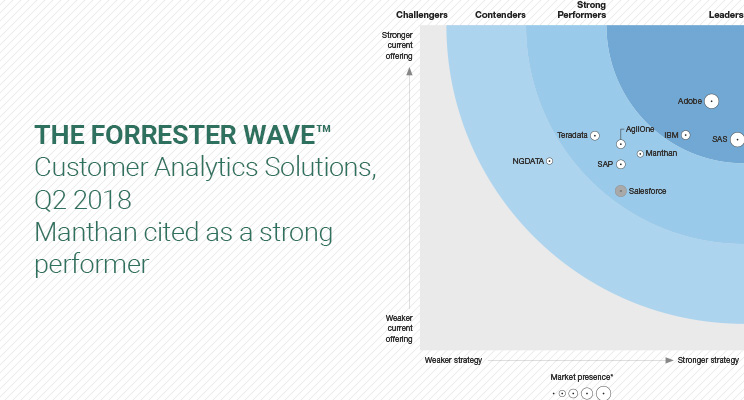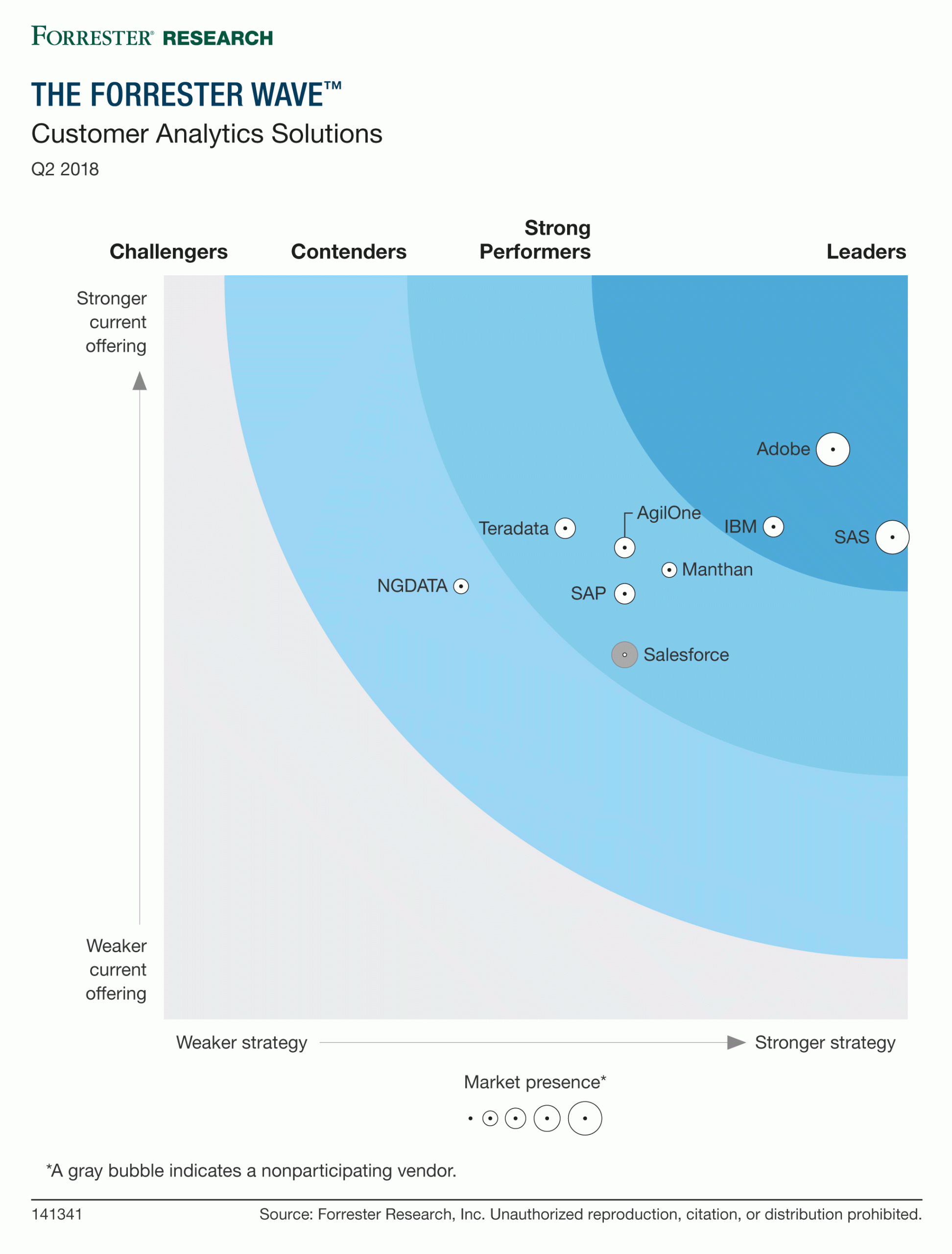Gartner’s Hype Cycle for Retail Technologies 2018 is out, with trends for technology leaders. This year, the Hype Cycle has identified democratized AI as a key trend – products and solutions that “blur the lines between human and machine”.
We are pleased that Manthan has found mention in 5 categories in the 2018 Hype Cycle.
- AI in Retail (Rating: Transformational)
- Algorithmic Retailing (Transformational)
- Cognitive Expert Advisors (High)
- Customer-Centric Merchandising and Marketing (High)
- Algorithmic Merchandise Optimization (High)
These ratings are a testament of invention and innovation in Artificial Intelligence, Advanced Analytics, and Cloud at Manthan. And a vision, to
create context-aware, AI-powered analytics products that bring the true
power of AI to every role in your business.
Manthan’s efforts have been focussed on bringing analytics-driven
decision-making to the real user. To design sophisticated analytics
products in a manner that everyone can use them. Which we believe, is
critical to the businesses dealing with the real-time, connected customer.
We architected our products by re-interpreting 4 critical areas –
Analytics Consumption, Algorithmic Processing, Solution Engineering
and Data Management.
1. Re-interpreting Analytics Consumption
Our primary goal, as Gartner puts it, is to “blur the lines between
human and machine”. This is what led to the creation of Maya – the
world’s first AI-powered conversational agent for business analytics.
With this, analytics becomes easy to consume. In a simple,
conversational format that remembers context and processes
information in real time, based on the user’s intent and his flow of
analysis. Maya is integrated with mobile, desktop and personal assistant
devices and can be invoked anytime. It offers both general and role-based
models for analytics consumers.
Maya makes use of machine learning, deep learning, advanced analytics,
cloud computing, natural language processing (NLP) and generation
(NLG), intent analysis and context-aware computing. But all you need to
do is ask.
2. Re-interpreting Algorithmic Processing
Today’s digital business is generating millions of data points, across
sources, every day. Taking traditional hierarchical approaches to
analyze data is just not physically viable. Your solution should be able
to conduct auto-discoveries, root-cause analyses, and auto-recommend
best outcomes, based on simulations.
Manthan’s analytics platform algorithmically processes anomalies,
outliers, and exceptions to recommend actions that can achieve clear,
smart goals.
3. Re-interpreting Solution Engineering
As analytics processing becomes complex, analytics experience needs to
become intuitive. Solutions need to be designed for the real decision
makers and should embed real business contexts.
Manthan’s solutions are designed to bring together advanced analytics
and algorithmic capabilities for specific use cases across retail. Our
solutions also come with the ability to scale and to incorporate new use
cases.
4. Re-interpreting Data Management
The digital business generates much more data than the traditional one,
with new data sources emerging all the time. While some of this data
drives repeatable use cases built around standard business processes,
you also cannot lose sight of new use cases that elevate the customer
experience.
Manthan offers a full-featured data management platform that can deliver
production-grade enterprise analytics in a governed model. But at the
same time, it also drives rapid experimentation and innovation with an
architecture that can ingest and mash new data sources at scale in a data
lake architecture. This supports on-demand data-processing, giving
businesses real-time decision-making abilities.
We have what you need.
We have re-interpreted analytics delivery with AI. And an elastic
cloud infrastructure and server-less computing capabilities provide the
necessary performance and agility you need from a new age data
a platform that can deliver real-time decision-making.
Tomorrow’s technology does not require a screen in front of you. Or you
in front of a screen. It will walk with you, whispering real-time
recommendations in your ear, based on intense, granular analysis.
That’s truly democratized AI. And that’s what we have for you, today.
